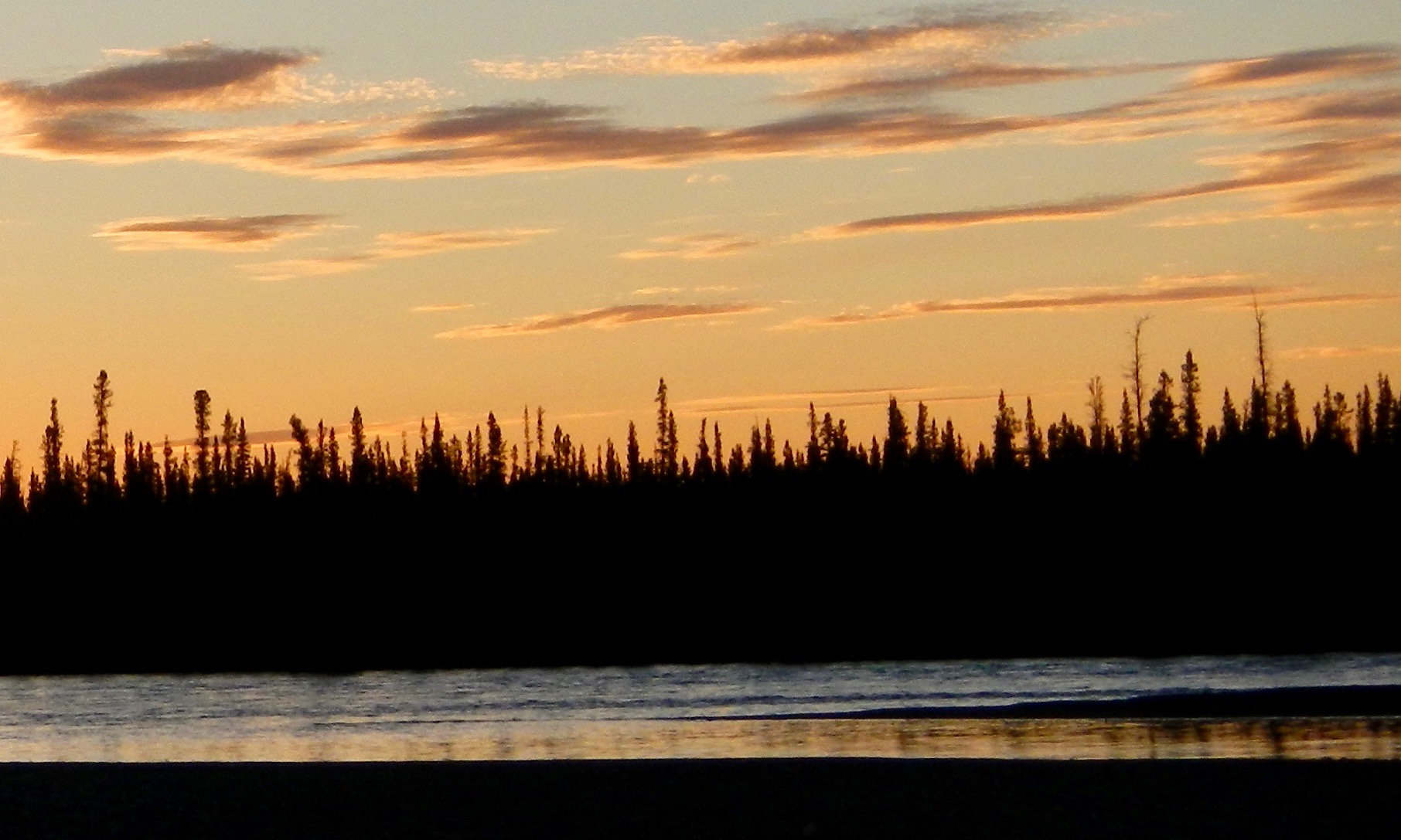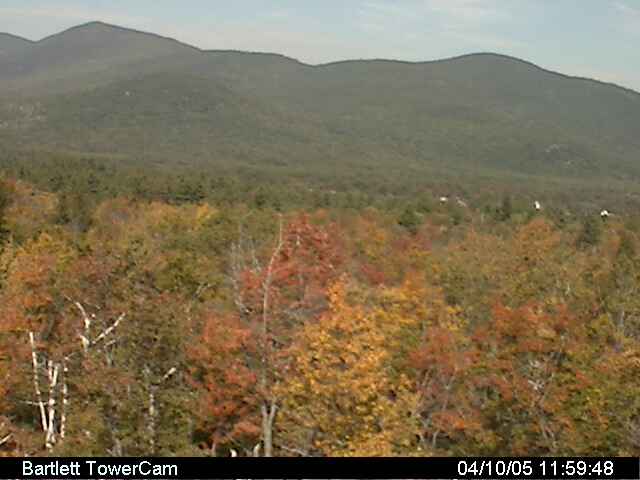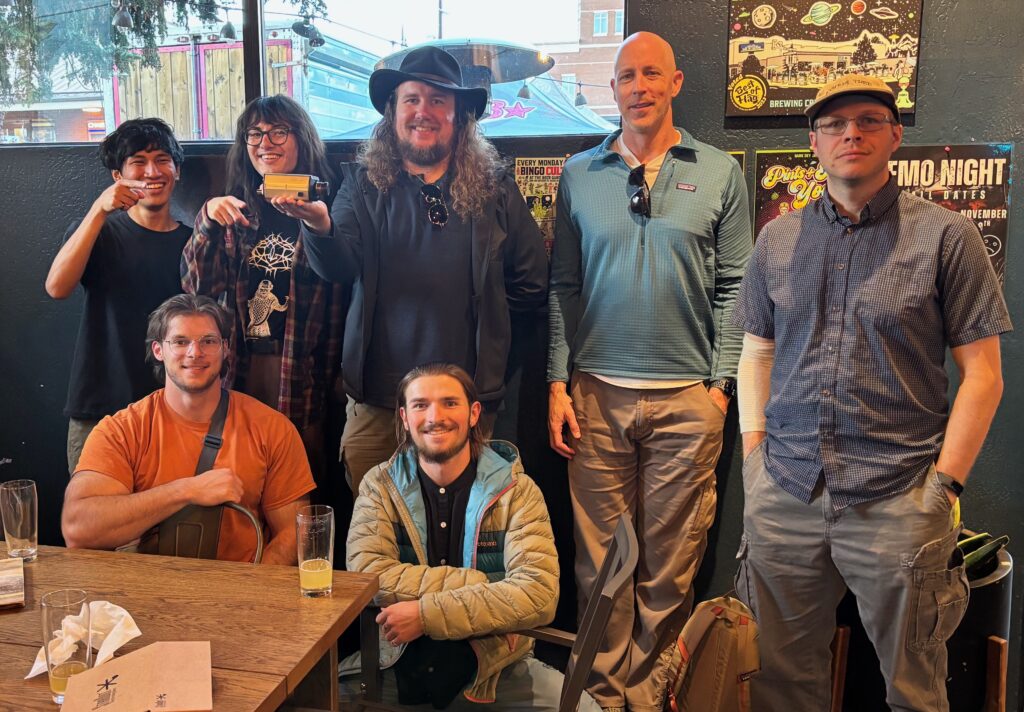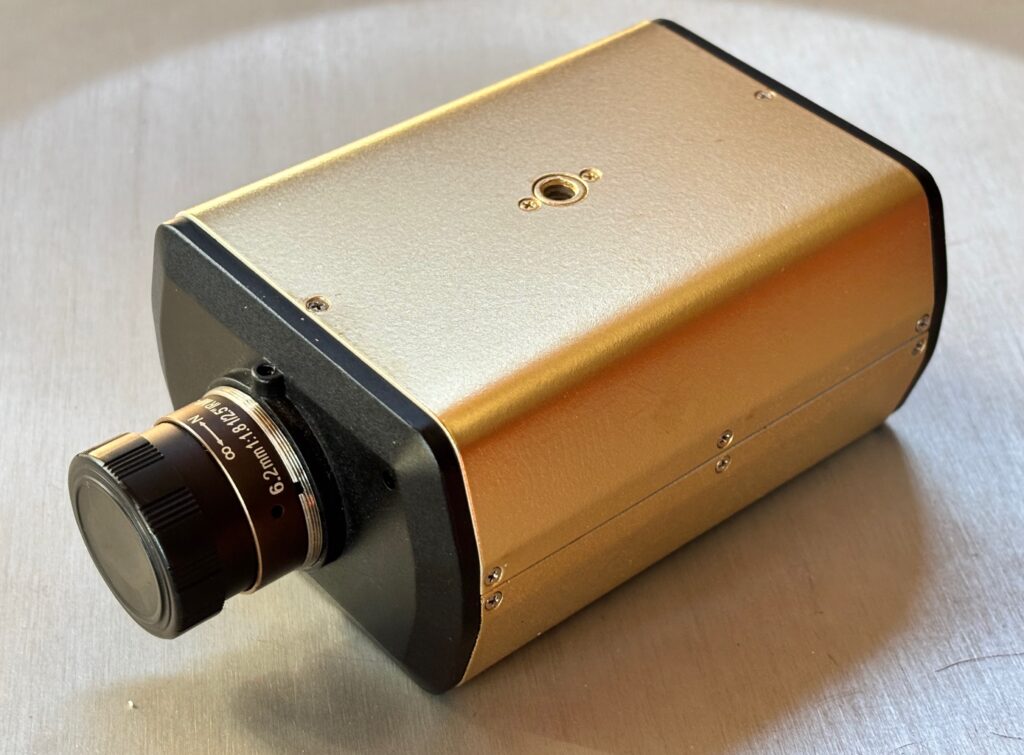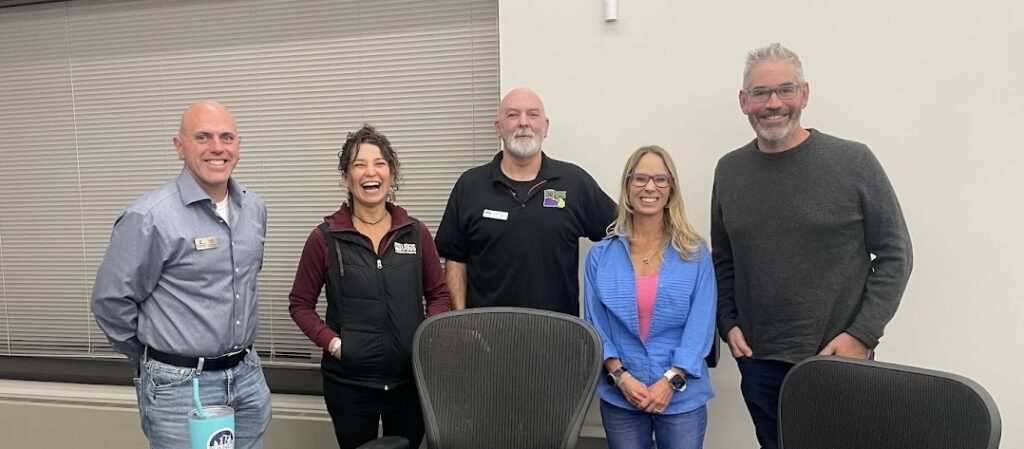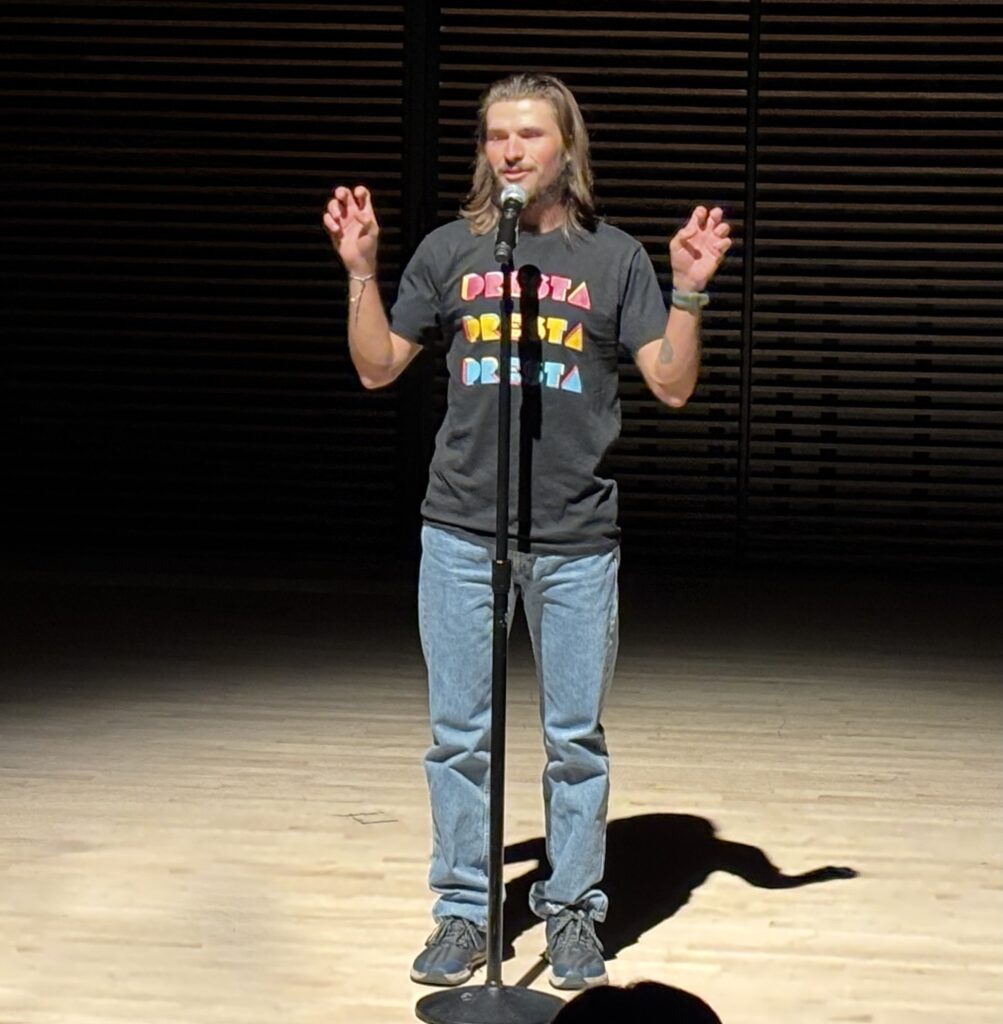In late October, members of the lab traveled 4 hours south to Tucson, where the 2025 AmeriFlux meeting was being held at the University of Arizona. Oscar presented his work on near-surface remote sensing in pinyon-juniper woodlands; Yujie presented her analysis of the continuity between paired NEON and AmeriFlux sites, and Andrew gave an update from the AmeriFlux Science Steering Committee and the PhenoCam Network. The meeting included a field trip to the amazing Arizona – Sonora Desert Museum, as well as a delicious conference dinner, and many stimulating talks and posters. It was a great opportunity to catch up with colleagues from across the US, and the Americas more generally.
The pictures below include the standard workshop photo, as well as snapshots from the tours to collaborator Russ Scott’s Santa Rita sites, and the U of A Laboratory of Tree Ring Research. Local host Dave Moore did a fantastic job of keeping meeting participants entertained and well fed (for some, karaoke after the first night’s dinner was a highlight).


